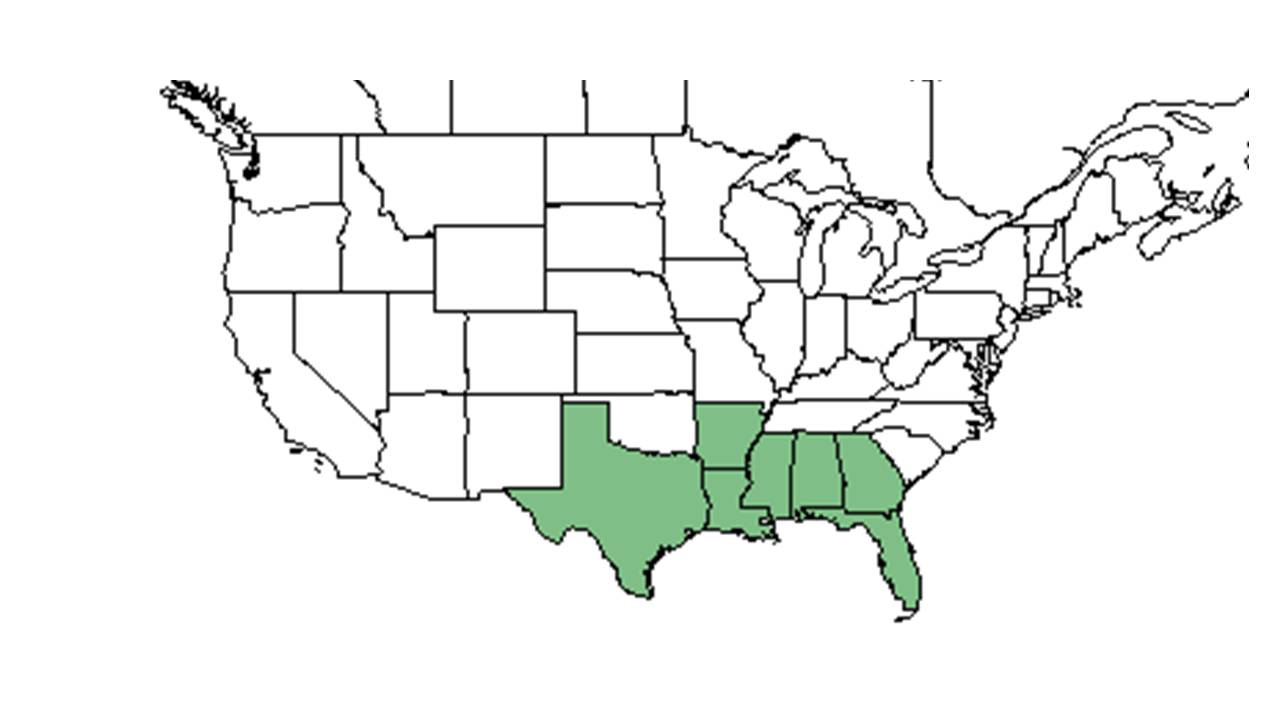Tragia smallii
| Tragia smallii | |
|---|---|

| |
| Scientific classification | |
| Kingdom: | Plantae |
| Division: | Magnoliophyta – Flowering plants |
| Class: | Magnoliopsida – Dicotyledons |
| Order: | Euphorbiales |
| Family: | Euphorbiaceae |
| Genus: | Tragia |
| Species: | T. smallii |
| Binomial name | |
| Tragia smallii Shinners | |

| |
| Natural range of Tragia smallii from USDA NRCS Plants Database. | |
Common name: Small's noseburn
Contents
Taxonomic notes
Description
Distribution
Ecology
Habitat
In the Coastal Plain in Florida and Georgia, T. smallii can be found in recently burned scrubs, scrub oak-wiregrass communities, wiregrass-pine flatwoods, longleaf pine/wiregrass/scrub oak sandhills, recently burned longleaf pine/wiregrass communities, pine savannas, and around ephemeral ponds (FSU Herbarium; Haywood et al. 2001). It can also be found along old logging roads, recreation areas, bulldozed wiregrass-pinewoods. Soil types include loamy sand, sand, sandy loam, and loamy soil (FSU Herbarium). Associated species include Liatris, Panicum, Leptoloma cognatum, Sphenopholis nitida, Euphorbia inundata, Paspalum, Rhyncospora, Macbridea, and Justicia crassifolia (FSU Herbarium).
Phenology
It has been observed flowering May through October and fruiting April through August (FSU Herbarium).
Seed dispersal
Seed bank and germination
Fire ecology
It is fire tolerant; Tragia smallii was found frequently on plots in the Kisatchie National Forest burned 20 times each in March and July from 1962 to 1998, but rarely on plots burned in May (Haywood et al 2001).
Pollination
Use by animals
Diseases and parasites
Conservation and Management
Cultivation and restoration
Photo Gallery
References and notes
Haywood, J. D., F. L. Harris, et al. (2001). "Vegetative response to 37 years of seasonal burning on Louisiana longleaf pine site." Southern Journal of Applied Forestry 25: 122-130.